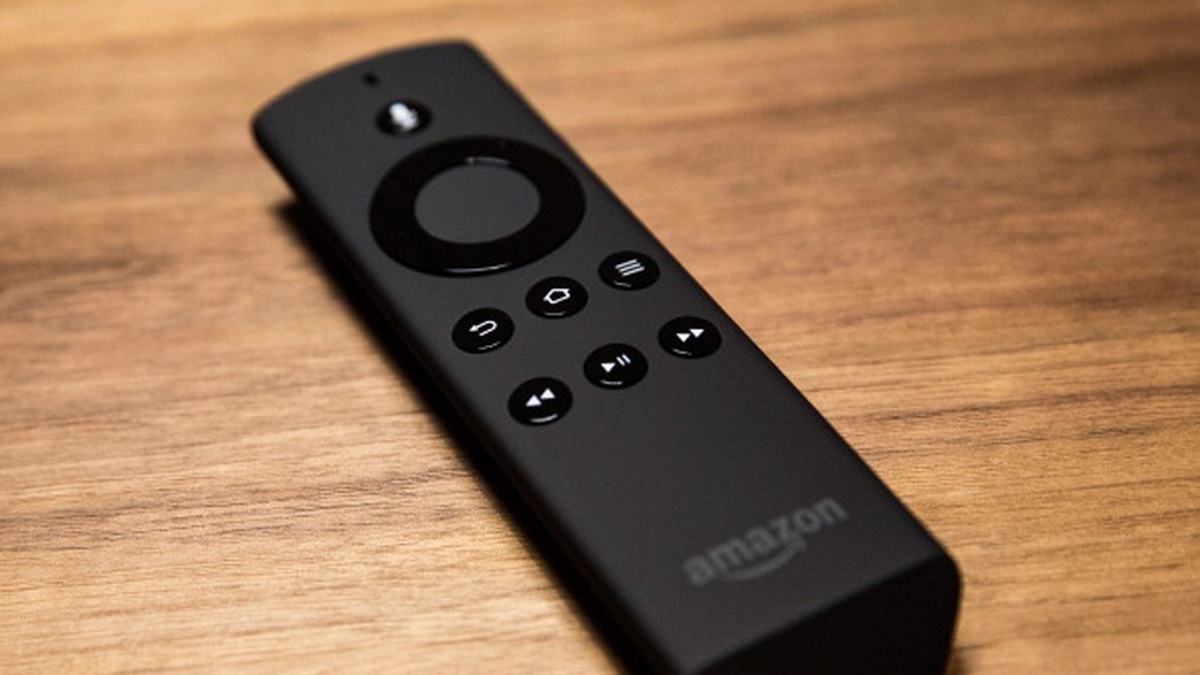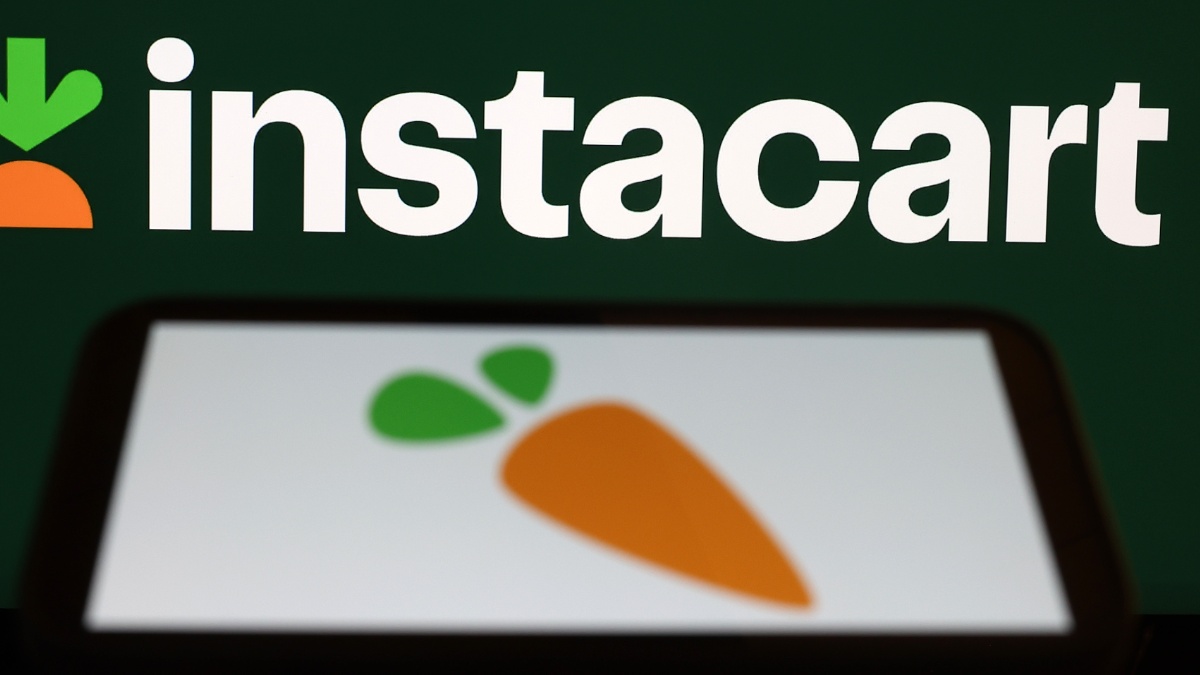When the Playstation 3 launched back in 2006 to a host of software issues and hardware criticism, it was difficult to imagine a day in which such a negatively evaluated console would surpass the mighty Xbox 360 and all of its streamlined features.
Five years later, Sony and gamers across the globe may in fact see that day sometime soon.
Microsoft stated that sales numbers in October pointed toward an estimated 57.3m Xbox 360 consoles sold worldwide. The latest financial statistics from Sony now say that the PS3 has reached 56m units, placing the console just 1.3m units behind the Xbox 360.
Not only did the 360 have quite the head start (360 launched in November of 2005, PS3 in November 2006), but the PS3’s early days were littered with issues that were highlighted both by users and critics alike. Initially, the PS3’s digital distribution was anything but smooth, and additionally the console always seemed to be on the short end of the stick when it came to porting multiplatform titles. Early PS3 reviews immediately after launch were critical of its high price, lack of quality launch titles, and incompatibility with PS2 games.
Yet through all of the problems which plagued the system’s launch coupled with massive issues with online security, and amidst stiff competition from Microsoft and Nintendo, Sony and the PS3 have showed outstanding resiliency over the last half-decade. A number of additions and fixes to its digital platform soon won over some developers who were otherwise on-the-fence about developing games for the system, and now with a plethora of exclusive content and sleek features, the PS3 is poised to take control of the hardcore gamer’s living room.
Nintendo and the Wii stand very much alone atop this past decade in terms of sales, but how was it that the PS3 was able to rise from one of PC World magazine’s “Top 21 Tech Screwups of 2006” to top-tier home entertainment purchase? Here are some of the major factors:
1. Exclusive Titles – For me personally, what constitutes a great console is the game selection. It is hands-down, first and foremost the number one reason as to how gamers decide which system they enthusiastically want to throw money at for years down the line. When it comes to exclusivity, I would argue that PS3 wins this category against even the likes of Nintendo, a company that in my mind gains their meal ticket from the same re-hashed characters and franchises year after year. If you’re placing the PS3’s exclusives against Microsoft however, there is simply no comparison. When I think of Microsoft exclusives without any hard pondering, Halo and Gears of War are all that come to my head. If you’re really reaching, Call of Duty may as well be placed on that list also. PS3 on the other hand, boasts a number of original and varied franchises that are instantly recognizable and synonymous with Sony. Franchises such as Uncharted, God of War, Resistance, Killzone, Infamous, LittleBigPlanet, and Gran Turismo, just to name a few, are available for gamers across all spectrums and playstyles.
2. Blu-Ray – Often an overlooked factor in the longevity of the PS3 is Blu-Ray’s effective victory over the standard HD DVD format. Blu-Ray was initially criticized for the requirement of a pricey Blu-Ray player and additionally pricey Blu-Ray DVDs, and it is definitely ironic that products which originally received criticism for many of the same issues were molded together to create the ultimate experience in home-entertainment. Blu-Ray undoubtedly allows for a much crisper, clearer, and overall sharper image, and for gamers that emphasize the graphical components/capabilities of a console, the PS3 has certainly not disappointed. The format provides the highest definition possible with 1080p resolution and is capable of producing theater-quality audio with up to 7.1 channels of Surround Sound. Its huge storage capacity of 50 GB BD (5x the storage of today’s DVDs) is also not a bad addition for developers who are intimidated by the idea of releasing their product on multiple CDs.
3.PlayStation Network -Yes, it is true that PSN is far from perfect. The recent outage and “LulzSec” scandal which took place back in April irrevocably tarnished Sony’s image in terms of online security and digital infrastructure. Millions upon millions of user’s personal information was jeopardized, in some cases even credit card info was stolen, and it’s difficult to regain that kind of trust. However, when it’s all said and done, chances are that the April outage will be remembered as a very troubling, yet isolated incident in what has otherwise been a sound history for the PS3’s online network. Besides, what it all boils down to is this whether supporters of Xbox want to believe it or not: PSN has been such a successful factor for the system because it costs a whopping $0 monthly or annually. With consoles, peripherals, and games themselves being so expensive these days, gaming can easily become a very costly hobby. On top of everything else you already have to fork over money for, who wants to pay an additional $60 every year? As an Xbox Live user myself I can say personally that I loathe it, and if it weren’t for a handful of multiplayer titles that I play exclusively on the 360, I would unquestionably get rid of it altogether.
I consistently use my PS3 online as well, and I can objectively state that I have never found a clear justification for Microsoft charging $60 a year for most features that PSN implements for free. Friends list, instant messaging, Trophies (PS equivalent of Xbox’s Achievements), voice chat, internet browser, and direct streaming from Netflix to my TV are all features that are available on PSN just as they are on Xbox Live. Sure, PSN doesn’t have the subtle features like Party Chat, but I can count the number of times on one hand that I’ve been talking to friends online while not playing the same game with them.
One PSN feature I feel is often overlooked is that of PlayStation Home. This virtual 3D, open environment social network gaming service allows users to create a custom avatar and decorate their personal “spaces” with default, bought, or won items. Users can travel throughout the Home world as Public spaces are made for entertainment or advertising purposes. Home features a number of single and multiplayer mini-games and also serves as a meeting ground for users that are looking to play multiplayer games through Home or elsewhere, but simply don’t have anyone available to play with. Features like this one need to be standard facets of next-gen consoles as gaming and social media continue to converge.
4. PS3 Redesign and Price-Cut – Probably the main reason as to how the PS3 was able to catch the 360 in sales even after its abysmal start. The PS3 Slim, first introduced in September 2009, was immediately well-received and praised for its innovations over the original model. It was smaller in size, lighter, and consumed significantly less power. The cell microprocessor was also redesigned which let it run cooler and quieter. The Slim version additionally allows control of the console over HDMI by using the TV’s remote control, a feature that was not originally implemented when the console was first released. The subsequent price-cut was a defining move for Sony, mainly because they didn’t slash the price in a desperation attempt to generate sales but did it at a time when the console’s success was emerging. The 160 GB model PS3 was cut to a viable $249.99 in the U.S. and the 320 GB model was lowered to $300. It was during this period that developers began to see the potential in the system and started to utilize its graphical capabilities while gamers jumped aboard as exclusive content poured in and they became less repelled by the console’s price tag.
With serious talk of a next-gen console reveal from both Sony and Microsoft coming within the next few years, it will be interesting to see the different launch strategies that Sony employs in attempt to avoid stumbling out of the gate. Clearly, the PS3 has rebounded very well over these past 5 years and the powerful console certainly has quite a bit of life left in it, as does the 360 in my opinion. Yet it is difficult to imagine that Sony would allow Microsoft to get another lengthy head-start, so chances are the unveiling of each console will be close in proximity. With Sony’s powerful hardware, exclusive content and free online service, combined with Microsoft’s domination of the FPS console market and often superiorly ported multiplatform titles, it will be an interesting race indeed.
Aside from the factors that I mentioned above, how do you think Sony managed to negate the huge head start this generation by Microsoft. Let us know in the comments section below.











Published: Nov 11, 2011 11:00 am